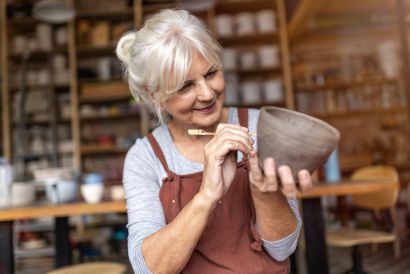
In this episode of Two Way Traffic wealth management advisor Darren Coleman — who specializes in cross-border financial issues — discussed IT security with his namesake, Darren Coleman. Darren is founder of Coleman Technologies Inc., which handles IT managed services and cyber services. The latter Coleman – he’s been called Canada’s top IT expert – leads a team of technicians based in Langley, BC and Dallas, Texas. He says hacking is a trillion-dollar industry and business owners should take note.
Podcast host Coleman drew parallels between financial services and cybersecurity. He said he looks for gaps in a client’s financial plan, while in cybersecurity Coleman the IT expert looks for gaps or vulnerabilities in multi-factor authentication, threat protection to ensure business resilience, and endpoint protection (cybersecurity software that protects from viruses, malware and ransomware).
The two agreed what’s necessary in both their industries is prevention and managing risk. Another point is that Canada and the US have different tax regimes, and different laws for regulatory compliance.
“The U.S. government can gain access to your data if they want it,” said IT expert Coleman. “We believe the Canadian government can’t, but there are ways they can get it too.”
Their discussion explored …
- Why clients of wealth management firms are good targets for hackers and what to do in a security breach when asked to pay a ransom.
- How multi-factor authentication can prevent 99% of email breaches.
- Why organizations devote too much security attention to senior management and not enough to everyone else.
Here is a link to the podcast …
https://podcasts.apple.com/ca/podcast/the-business-of-hacking/id1494816908?i=1000672496679
 Darren Coleman of Raymond James [Darren Coleman or Darren #1 henceforth]
Darren Coleman of Raymond James [Darren Coleman or Darren #1 henceforth]
Welcome back to another edition of Two Way Traffic, the cross-border podcast. Today my guest is now, let me see if I pronounced your name correctly. Darren Coleman.
Darren Coleman of Coleman Technologies [Darren C #2 henceforth]
You got it.
Darren Coleman
So you and I are namesakes. You run a firm in Langley, BC called Coleman technologies and do outsourced IT infrastructure. You are a cybersecurity expert. Why don’t you take us through Coleman technologies.
Darren C #2
I am the founder and CEO. Part of my mission is to help protect a million people from hackers, so being here on your podcast supports that cause. I’ve shared my cybersecurity insights on ABC, Forbes, MSB Success Magazine. I’ve spoken at Harvard, and co-authored some books. So that stuff led my company down the road to be an expert within the cybersecurity realm. But more than that, we provide 24/7, direct-detect, flat fee, IT support to our clients. We really just become your IT department.
Are there off-the-shelf tools?
Darren Coleman
Our firm has a huge IT spend every year, but for a lot of medium and small businesses, can they not just get all the tools off the shelf?
Darren C #2
Not really. You can hire an IT professional, but you’re probably going to hire multiple people because they’re going to want to take holidays. You’re going to be looking at double the cost right there. But you can’t just buy antivirus. Antivirus isn’t good enough anymore. You need endpoint protection, threat hunting, content filtering, and audits. There are things the IT professional may be good at, but there are things you need an expert for. If you’re looking for cybersecurity insurance, the forms are 10 or 12 pages long and require things you might not think about. Continue Reading…





